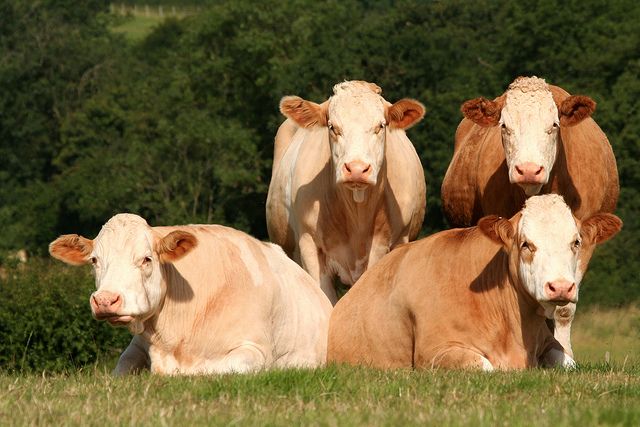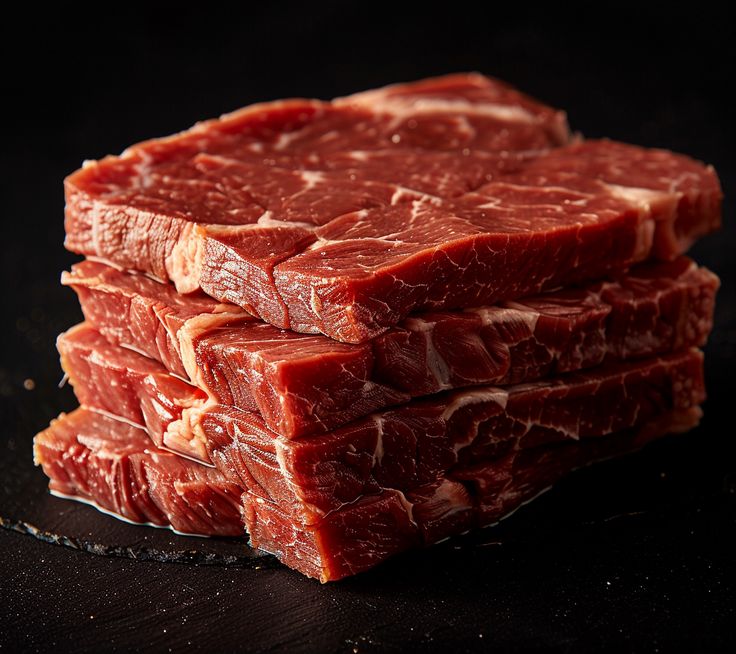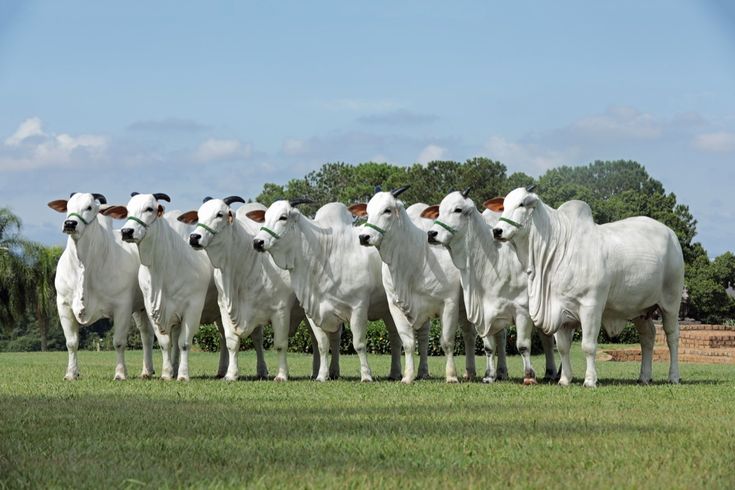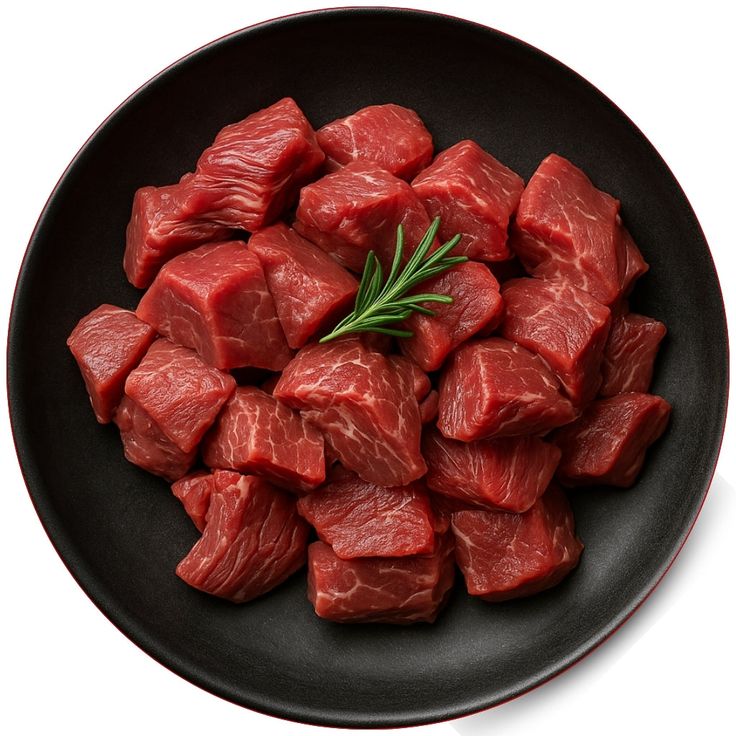Why beef prices are skyrocketing.
Beef is getting more expensive across the United States. This is not a temporary issue, as experts say that there is no probability that the price will go down anytime soon.
Since the beginning of this year, the prices of beef have increased by more than 8%. According to the United States Department of Agriculture (USDA), right now, just one pound of beef costs about $9.26.
Even ground beef, which is used in burgers and tacos, is becoming pricey. Last month, the average price for ground beef was $6.10. This is higher than the cost it used to be last year. According to data from the U.S. Bureau of Labor Statistics, the average wage was only $5.36 in June 2024.
Although President Trump imposed tariffs on beef imports from other countries, these tariffs have not yet had a significant impact on beef prices. The U.S. still brought in over 4.1 billion pounds of beef last year.
Some countries, like New Zealand and Australia, that export a lot of meat to the U.S., are being hit with a 10% tariff. Brazil, which has already sent 216,119 metric tons of meat to the U.S. this year, may face a significantly higher tariff. The country might soon be hit with a tariff of 50%.
However, tariffs are not the only reason why beef is so expensive. Other major contributing factors include:
- Droughts affect the land that cattle need for grazing.
- Fewer cattle herds in general.
- Increased costs of feeding and raising cows.
- Parasites affecting some imported cattle.
Fewer Cows, Higher Prices
Over the past 20 years, the cattle inventory in the U.S. has decreased, and this has caused the prices of beef to go up.

As of January 1, there were 86.7 million cows and calves on U.S. farms. Out of these, 37.2 million cows and heifers, that is, female cows that haven’t had calves yet, gave birth this year.
Right now, there are 27.9 million beef cows in the country. This is a 1% drop from last year. Meanwhile, the number of dairy cows has slightly increased. It increased to about 9.35 million.
Brady Stewart, a top executive at Tyson Foods, a major meat company, said earlier this year that beef is going through the toughest market he has ever seen. Even though the company made more revenue overall, 27% more income, beef sales were the only part of the business that didn’t grow.
According to economist Bernt Nelson, the supply of cattle is now at the lowest level it has been in 74 years. Due to the fact that there are fewer cows, the prices for both cattle and beef are rising.
Nelson also said that the demand from buyers is the only thing keeping cattle farmers and ranchers profitable right now. However, if people stop buying as much beef, maybe because of its increased price, then prices could fall. This would make it even harder for farmers to grow their cattle herds again.
ALSO READ: Egg Prices Climb Again as Bird Flu Reduces Supply
Farmers Face Rising Costs
Nelson says that cattle farmers and ranchers are not making much profit presently because it costs a lot more to raise animals. Their profits are “razor thin.” This means they barely make any money after paying for food, supplies, and other expenses.

Presently, people are still buying a lot of beef, which is what is helping farmers stay in business. However, Nelson warns that if people stop spending as much, then demand for beef could drop. If that happens, meat companies will start paying farmers less, and that could lead to major losses for cattle farmers and ranchers.
Another thing that is affecting beef prices is the cost of the cattle themselves. David Anderson, a livestock expert from Texas A&M, says that because cow prices are so high, ranchers are tempted to sell their animals now instead of keeping them long-term.
He explained that ranchers have to choose between two options:
- Sell the cow now for a big paycheck.
- Keep the cow, let her have calves, and earn money slowly over time.
Right now, most ranchers are choosing to sell immediately because of the record-high prices.
Parasite Problem: Screwworm Stops Mexican Cattle Imports
Farmers are also dealing with a dangerous pest called the screwworm, a type of fly. The female screwworm lays her eggs on warm-blooded animals, such as cows. When the eggs hatch, the larvae will then burrow into the animal’s skin and eat its flesh. If it’s not treated, it can kill the animal.

Because of this, the U.S. recently stopped allowing cattle from Mexico into the country. A new screwworm case was found about 370 miles from the U.S. border, and the government is worried that it might spread.
Back in June, the U.S. had just started allowing animals like bison, cattle, and horses from Mexico again after a similar screwworm issue.
Now, the U.S. Secretary of Agriculture, Brooke Rollins, says they are pausing plans to reopen the ports where livestock enter the country. They will continue this effort until Mexico demonstrates more progress in combating the screwworm, particularly in states like Veracruz.

